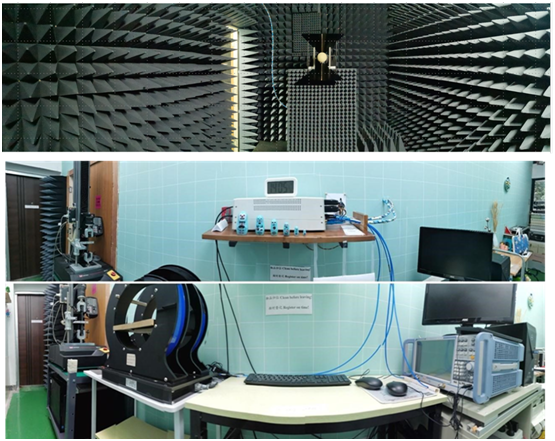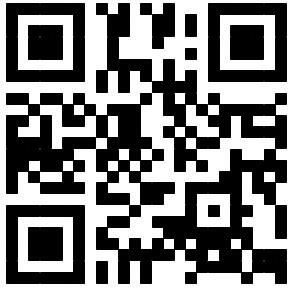Home » What is On
An experience of remote laboratory measurements and training at InCSI
A vast majority of students and academics worldwide were disrupted by the coronavirus pandemic. Added to this were the complexities of an economic and political nature that divided the world into macro-regions and significantly hampered the movement of people between them. Research labs and collaborative projects that require access to equipment were especially vulnerable. Since the beginning of 2020, we have found ourselves in a new reality, when universities had to implement distance teaching, learning, and research.
The Internet has existed for a long time, so everything related to the organization of online sessions did not require too radical solutions. However, engineering disciplines imply practice in laboratories, and this element of training turned out to be practically inaccessible. Even before the above-mentioned events, a new communication paradigm was coined in social networks, including elements of artificial intelligence (AI) and augmented reality (AR). Recently, these ideas have taken shape under the capacious term ��Metaverse��. Like any powerful idea, it could not remain within its original framework and expanded into a wider range of applications. And if in social networks this could be understood as a ��departure from reality��, then in the technical sciences, ��laboratory reality�� had to be returned back under the restrictions that arose. Key players in the test equipment market have begun investing in distance learning and lab access methods. A good example here is the Keysight company with its ��hybrid learning�� approach.
Our microwave measurement laboratory at the Institute for Composites Science Innovation (InCSI) turned out to be well prepared for emerging trends. From the very beginning, a high level of automation was envisaged, with particular attention to user interfaces. The software for free-space measurements and also some additional signal processing algorithms are based on the Python programming language together with PyCharm IDE allowing remote team programming. Software control of devices is carried out with the help of SCPI script commands and the Python VISA library (pyvisa). For free-space measurements and controlling microwave switches, we use Node-Red from the family of IoT interfaces which communicates with software blocks and peripherals through a publish-and-subscribe network protocol. In the future, this communication format will facilitate the connection of new devices. Microwave measurements may require precise antenna movement, for example for TRL calibration. For these purposes, the antennas are mounted on mobile platforms driven by the belt actuators and Kollmorgen servo motors. The motors, including the controller and drivers, are connected to a local EtherCAT network, which is can be approached from KAS interface or Python modules. Thus, the movement of the antennas does not require the presence in the laboratory and can be performed remotely. The legacy software and interfaces that are still used today for bench impedance measurements were created in LabVIEW 2015. They still work well, but we plan to modify/rewrite all the instrument control algorithms in Python. The huge number of libraries available in Python makes it easy to automate and integrate. General remote access to the Vector Network Analyzer (VNA) and PC is carried out through the VNC servers installed on them. From the side of the remote user, only the VNC viewer is required.

PHOTOGRAPH: InCSI, ZHejiang university IMAGES
The technologies listed above make it possible to carry out all types of measurements remotely, without a physical presence in the laboratory. The laboratory only needs an assistant to prepare and connect the samples. In a condition when the arrival in China from abroad is almost impossible, the laboratory methods we developed have become truly saving for the continuation of joint research with foreign collaborators. In addition, it is now possible to organize online sessions for students, combining a usual PPT presentation and real-time measurements. During one of our recent sessions, the presenter Dr. Dmitriy Makhnovskiy was in England and Dr. Azim Uddin who is a Post-doctoral researcher in InCSI was in Hangzhou, and a dozen more students joined the session from China and Pakistan and successfully conducted useful real-time testing. If necessary, the students can even connect to the facilities and practice their skills (which requires a multi-user license from RealVNC).
The example of our laboratory shows that a well-chosen architecture allows a group to quickly respond to emerging challenges and expand the scope of research tasks. We have not only maintained the already established collaborative ties but are also planning new research, both inside China and abroad.
By: Dr. Azim Uddin

